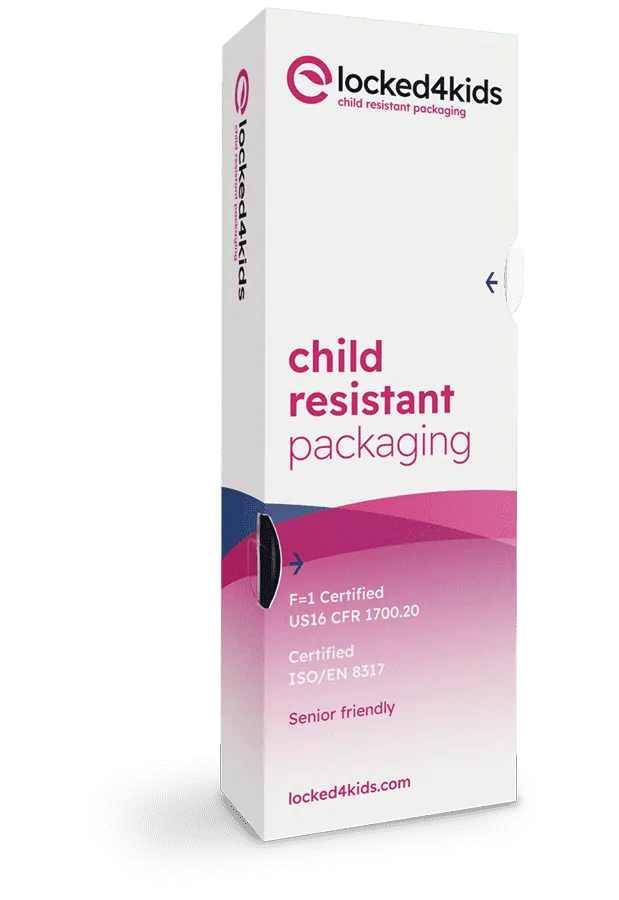Цукровий пластик, інноваційний матеріал, отриманий з відновлюваного ресурсу цукрової тростини, стоїть на передовій екологічних пакувальних рішень. Але що це таке? Які його переваги та які міркування?
Що таке пластик з цукрової тростини?
Цукровий пластик створюється з етанолу, видобутого з цукрової тростини, що є значним зрушенням у порівнянні з традиційними пластмасами на основі нафти. Цей біоматеріал утворюється шляхом перетворення етанолу цукрової тростини на етилен, який потім полімеризується в поліетилен. В результаті виходить пластик, який відображає характеристики звичайного поліетилену, забезпечуючи повну придатність до вторинної переробки та дотримання галузевих стандартів для пластикових виробів.
Чи піддається пластик з цукрової тростини біологічному розкладанню?
У той час як пластик з цукрової тростини не розкладається. Його екологічна перевага полягає у відновлюваному походженні та можливості переробки. Якщо біорозкладність є пріоритетом, інші матеріали, такі як полімолочна кислота (PLA) або пластик на основі крохмалю, можуть бути більш придатними. Однак для ефективного розкладання цих альтернативних матеріалів можуть знадобитися промислові компостні установки.
Як зробити біопластик з цукрової тростини
Процес створення біопластику з цукрової тростини складається з кількох етапів:
- Вирощування: Цукрову тростину збирають і переробляють для отримання цукру. Меляса, побічний продукт, використовується для виробництва етанолу.
- Добування етанолу: Ферментація соку цукрової тростини або меляси виробляє етанол, який слугує біологічною сировиною.
- Перетворення на етилен: Етанол хімічно перетворюється на етилен шляхом дегідратації.
- Полімеризація: Етилен полімеризується в поліетилен, створюючи пластик на біологічній основі, який функціонує так само, як і його аналог на нафтовій основі.
Цей процес підкреслює подвійну корисність цукрової тростини як джерела етанолу для виробництва пластику та культури, що поглинає вуглець під час свого циклу росту.
Які побічні продукти отримують з цукрової тростини?
Цукрова тростина є універсальною культурою, яка генерує багато побічних продуктів під час переробки:
- Меляса: Густий сироп, що використовується для виробництва етанолу або як інгредієнт у продуктах харчування та напоях.
- Жом: Волокнистий залишок, що залишається після вичавлювання соку, часто використовується як джерело біоенергії або у виробництві паперу та упаковки.
- Пресований шлам: Побічний продукт процесу фільтрації, часто використовується як органічне добриво.
- Етанол: Як основна сировина для виробництва пластику з цукрової тростини, етанол є важливим побічним продуктом, що отримується з меляси або соку цукрової тростини.
Ці побічні продукти є чудовими прикладами безвідходної моделі виробництва.
Переваги пластику з цукрової тростини
- Екологічнастійкість: Цукрова тростина поглинає CO2 під час свого росту, що забезпечує менший вуглецевий слід для отриманого пластику. Ця характеристика позиціонує пластик з цукрової тростини як потенційно вуглецево-нейтральний матеріал, на відміну від вуглецевоємного виробництва традиційних пластмас.
- Відновлюваність: Використання цукрової тростини, відновлюваного ресурсу, зменшує залежність від викопного палива, що відповідає глобальним цілям сталого розвитку.
- Придатність до вторинної переробки: Маючи фізичні властивості звичайних пластмас, пластик з цукрової тростини може безперешкодно входити в існуючі потоки переробки.
- Зменшення сільськогосподарських відходів: Завдяки використанню побічних продуктів, таких як жом і меляса, виробництво пластику з цукрової тростини сприяє підвищенню ефективності використання ресурсів,
Міркування та виклики
Незважаючи на свої переваги, використання пластику з цукрової тростини пов'язане з певними міркуваннями, які необхідно врахувати, щоб повністю використати його потенціал:
- Вплив на сільське господарство: Зростання попиту на цукрову тростину може призвести до виснаження земельних і водних ресурсів та потенційного витіснення продовольчих культур.
- Енергія для переробки: Хоча енергія, необхідна для переробки, зменшує викиди вуглецю протягом свого життєвого циклу, в ідеалі вона повинна надходити з відновлюваних джерел.
- Інтеграція ринку: Інтеграція пластику з цукрової тростини в глобальний ланцюг поставок пов'язана з певними проблемами, зокрема, масштабуванням виробництва для задоволення попиту та забезпеченням сумісності з існуючими переробними потужностями та стандартами.
↪f_200D↩
Пластик із цукрової тростини - це перспективний шлях до більш сталих пакувальних рішень, який характеризується відновлюваною природою, потенціалом скорочення викидів вуглецю та можливістю вторинної переробки. Однак його ширше впровадження вимагає ретельного розгляду впливу на сільське господарство, використання енергії у виробництві та інтеграції в ланцюги поставок. Цікавитесь іншими останніми інноваціями в пакуванні? Дізнайтеся про них у цій статті!
Замовте безкоштовний sample зараз!






.webp)




